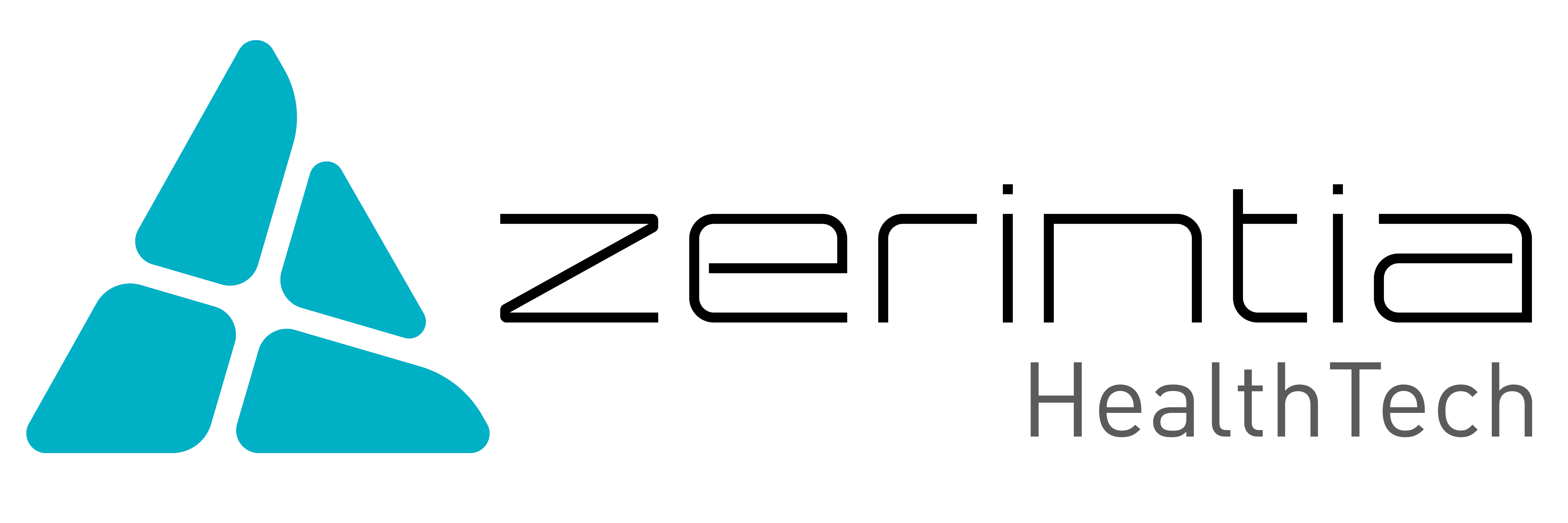La plataforma 4RemoteHealth posibilita la formación de los profesionales del hospital santanderino con la retransmisión de una broncoscopia rígida para la colocación de una prótesis biodegradable y la toma de biopsias transbronquiales
Zerintia HealthTech has enabled the training of professionals at the University Hospital Marqués de Valdecilla (HUMV) with its 4RemoteHealth platform. This Spanish digital health company has broadcast a rare intervention, conducted by the thoracic surgery and interventional pneumology services of the hospital in Santander. The doctors from the pneumology, thoracic surgery sections, and hospital residents were able to follow live a rigid bronchoscopy procedure for the placement of a biodegradable prosthesis and the subsequent taking of transbronchial biopsies through the 4RemoteHealth platform.
Zerintia HealthTech’s technology allowed attending the procedure from different locations, as well as following it immersively using smartglasses that provided the view from the two leading doctors during the intervention. Dr. Diego Ferrer, one of the pneumologists in charge of the interventional pneumology unit at the hospital, points out that the use of new technologies like 4RemoteHealth represents a revolution in teaching,
“it is a magnificent technology for first-person learning, from anywhere on the planet, and with a direct and smooth connection with the person in charge of the procedure.”
4RemoteHealth broadcasted the intervention carried out on April 9, led by the interventional pneumology unit, headed by Dr. Diego Ferrer, a specialist in Pneumology at the HUMV; and thoracic surgery, led by Dr. Sara Naranjo, from the same hospital and a researcher at the Valdecilla Health Research Institute (IDIVAL).
Airway complications in lung transplant patients are one of the main causes of morbidity and mortality after the procedure. The patient with a double lung transplant due to COPD had stenosis in the intermediate bronchus and diffuse malacia, secondary to significant ischemia. The procedure involved a rigid bronchoscopy with the initial removal of necrotic tissue from the ischemia of the intermediate bronchus and LSD entry. Subsequently, a biodegradable prosthesis (ELLA-Cs Ltd) was inserted to open and stabilize the intermediate bronchus.
These types of prostheses, made from a reabsorbable polymer (Polydioxanone), have the advantage that they do not need to be removed and maintain the ciliary structure preserved. They present a sustained radial force for 6 weeks. Finally, transbronchial biopsies were performed with fluoroscopic control to check for acute rejection.





